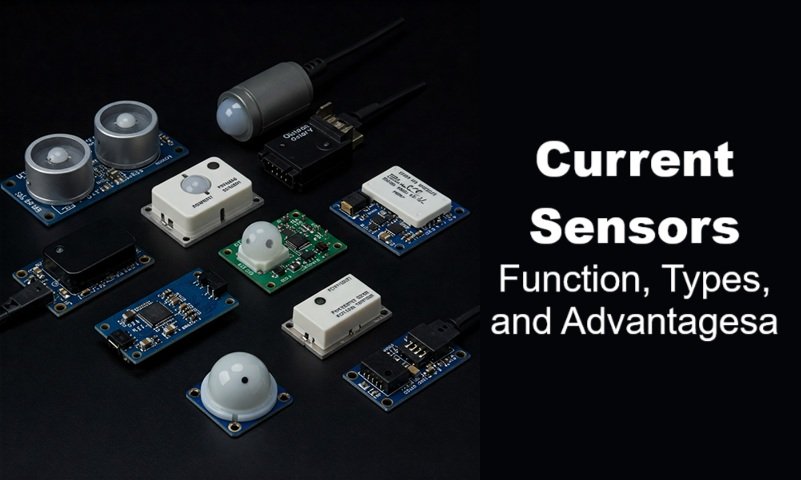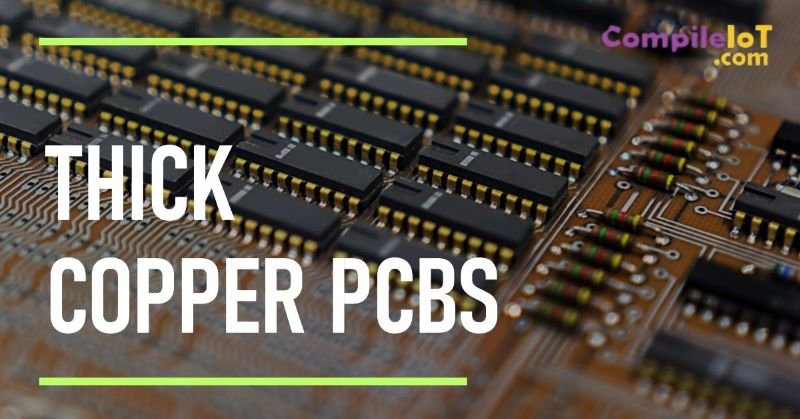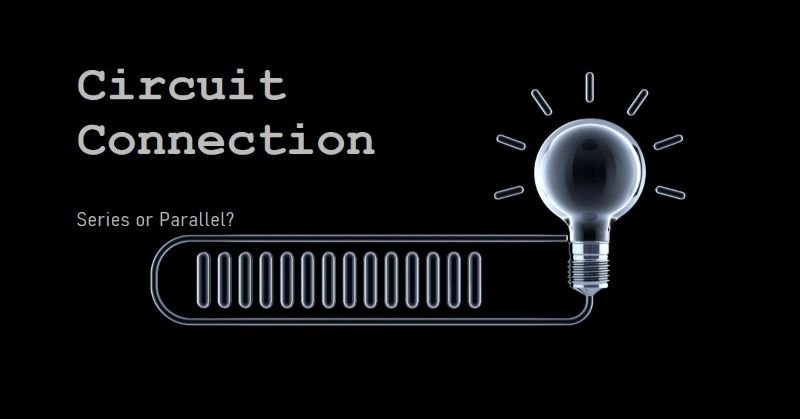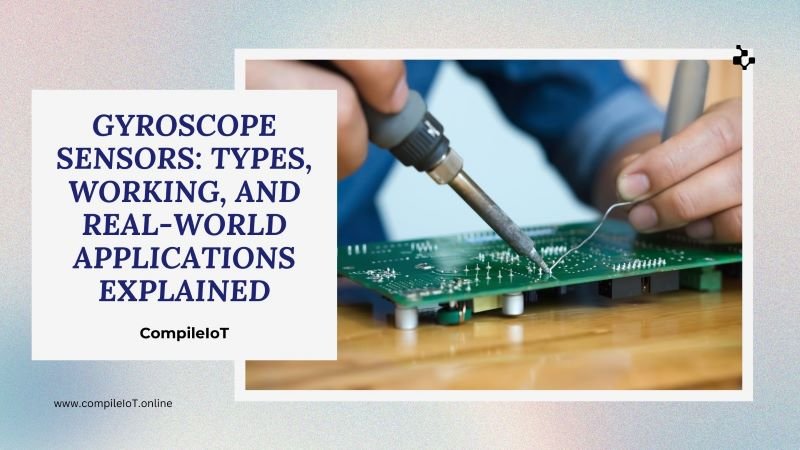Current Sensors: Function, Types, and Advantages
What is a Current Sensor?
A current sensor is used to detect and measure the current flowing through a conductor. It can convert the current into a quantifiable output such as voltage, current or a digital signal. Some electronic components are very sensitive and can be damaged when exposed to high currents. Therefore, in order to avoid this and keep track of the amount of current required or used in an application, current measurement is essential. This is where current sensors come into play.
Principle of current sensor
The Current Sensor senses current in a conductor or wire and generates a signal proportionate to the current detected, which can be digital output or analog voltage.
Current sensing occurs in two ways: direct sensing and indirect sensing. For direct sensing, the voltage drop caused by current flowing across a wire is measured using Ohm’s law.
A conductor that has current flowing through it produces a magnetic field in its surroundings. Indirect sensing measures current by computing the magnetic field using either Ampere or Faraday’s Law. The magnetic field is sensed via a Hall effect sensor, a transformer, or a fiber optic current sensor.
Types of Current Sensors
Current sensors are of several types, including digital, analog, and wireless. Depending on the type of benefit, these are employed as sensing devices. These sensors will constantly check the amount of current in appliances or machinery used in numerous applications.
Shunt Resistor Current Sensors
The shunt resistor-type current sensor is mostly used for sensing direct current. The shunt resistor is developed on this principle that when a DC is provided through a resistor, voltage is produced across the resistor.
The key advantages of these sensors are fast response time, low cost, and high accuracy. The disadvantage is that the measuring circuit not being electrically separated from the flow of the current being measured. Such sensors are suitable for low-frequency, small-amplitude current measurements.
Hall Effect Current Sensors
The Ampere law and Hall effect principles are used in designing Hall current sensors. These sensors can measure both AC and DC currents at a frequency of up to 100 KHz. These sensors primarily consist of a core, a Hall effect device, and signal conditioning circuitry. They function based on the Hall Effect, which asserts that a conductor generates a magnetic field when current is passed through it.
If this conductor is placed in another magnetic field, the magnetic field produced by the conductor will interact with the external magnetic field, causing electrons to migrate to a single side of the conductor.
As a result, a voltage will be generated that is proportionate to the current flowing through it which can be measured.
Current Transformer
Also known as a current sensor, a current transformer uses the electromagnetic induction concept. The primary function of this is to convert the main large value of current to a secondary smaller current value for protection and measurement purposes.
A current transformer consists mainly of windings and a closed iron core. The principal winding of this has fewer turns and is connected in series to the conductor to be monitored.
As a result, it typically has current flowing through it, whereas the secondary winding has more turns and is merely connected in series with the protective circuit and the measurement device.
Once this transformer begins to function, its secondary circuit is constantly closed. Hence, the series coil impedance for the measuring equipment and protection circuit is exceptionally low.
Flux Gate Current Sensor
A current sensor with a magnetic balance system has the same structure as a flux gate current sensor. The difference is that it uses a magnetic probe coil rather than a Hall element. The sensor detects currents ranging from 6 to 600A and is suitable for most industrial and medical equipment that require measurement of high accuracy.
The features of this sensor include high resolution, reliability, a wide range of weak magnetic field measurements, and direct measurement of the magnetic field’s component. These sensors are suitable for use in high-speed motion systems.
Advantages and Disadvantages
The benefits of a current sensor include the following:
- High resolution can be achieved.
- The primary conductor’s low resistance causes little heat to be generated.
- It provides a wide current measuring range of ±5 to ±180A.
- The bandwidth can be extended.
- Little offset and great precision are achievable.
The disadvantages of current sensors include the following:
- Measurement of large currents is problematic.
- The heat generation and resistance values are increased
- They are particularly temperature-sensitive.
- This sensor is not suitable for detecting the location of non-conductive materials.
- The hall element’s sensitivity is low.
Applications of Current Sensors
- These sensors, also known as magnetic sensors, can be used in wind energy generation, smart grids, household appliances, electric vehicles, and other applications.
- These sensors are utilized for rechargeable battery state monitoring and charge integration. These are relevant to a wide range of applications, including sub-metering and facility management.
- They measure the flow of current of different sizes ranging from a few milliamperes to thousands of amperes.
- These sensors are also employed in wind power generation, electric vehicles, compasses, household appliances, computer hard drives, and smart grids.
- Current sensors are extremely important in current supply monitoring, motor load management, power metering, control system troubleshooting, and other applications.
- These are sensing devices that are mostly utilized to measure fluctuations within specific parameters as well as the present values of appliances and commercial components.
How to Test Current Sensors
Testing a current sensor is necessary to ensure that they are producing reliable results. If the sensor readings are accurate, they are used to monitor the flow of current to an electric motor.
The chassis can be modified if an electric motor is receiving an inappropriate amount of current. Such test is also used to evaluate previous generations of current sensors.
Because of past short-circuiting, these sensors must be examined to see whether they are working correctly. The sensors must function effectively to accurately measure and assess electronic gadgets.








